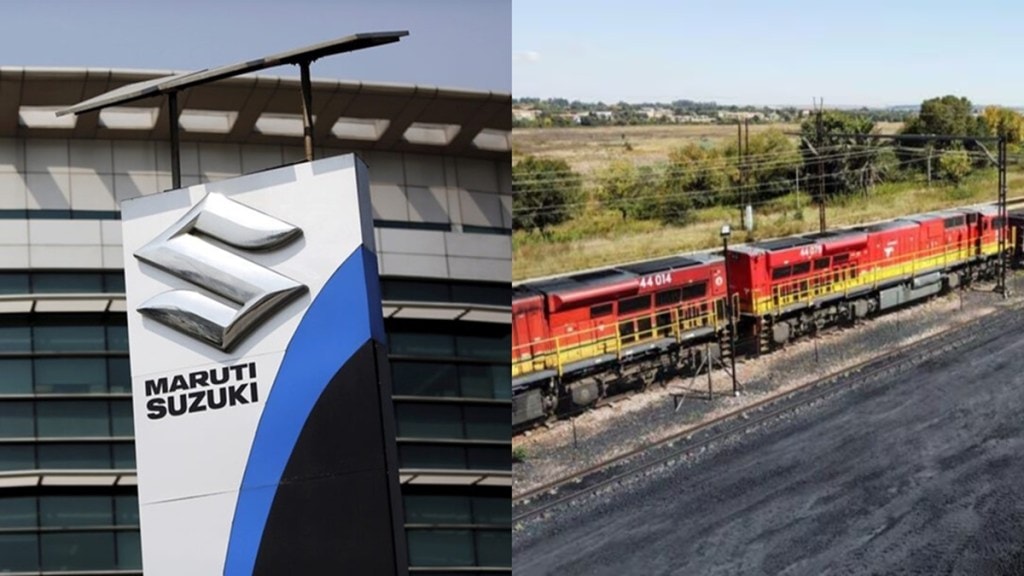Passenger carmaker Maruti Suzuki India (MSIL) is expected to ramp up its dispatches through railways to 35% by FY31, up from 24% in last fiscal and significantly higher than 5% in FY15, said Hisashi Takeuchi, managing director and CEO at MSIL. At the launch of the country’s largest automobile in-plant railway siding at MSIL’s Manesar plant, Takeuchi said that this project will contribute to avoiding 175,000 tonne of carbon emissions, save 60 million litre of fuel annually at full capacity, and reduce road congestion.
“Lowering carbon emissions remains a top priority at Maruti Suzuki, and we aim to achieve this by increasing the share of vehicle dispatches through railways. Aligned to the PM’s Gati Shakti National Master Plan, the company’s second inplant railway siding facility (after the Gujarat facility) signifies a landmark achievement in its green logistics journey,” he said.
Under the plan, the MSIL will use this railway siding to dispatch its models manufactured at the Gurugram and Manesar plants to 17 hubs serving 380 cities across India. In addition, the port locations of Mundra and Pipavav, which is being used by MSIL for exports, will also be served through this project. At its full capacity, the company will be able to dispatch 0.45 million vehicles using this siding. Since FY15, Maruti has dispatched 2.5 million vehicles through the rail network.
The Manesar multi-modal cargo terminal is part of the 126 km Haryana Orbital Rail Corridor (HORC) running from Sonipat to Palwal within Haryana. The project has been executed by Haryana Orbital Rail Corporation (HORCL), which is a special purpose vehicle (SPV) involving five entities, including MSIL. MSIL has committed to invest Rs 325 crore in developing HORC. Additionally, MSIL has invested about Rs 127 crore towards internal yard development taking its total investment to Rs 452 crore.

